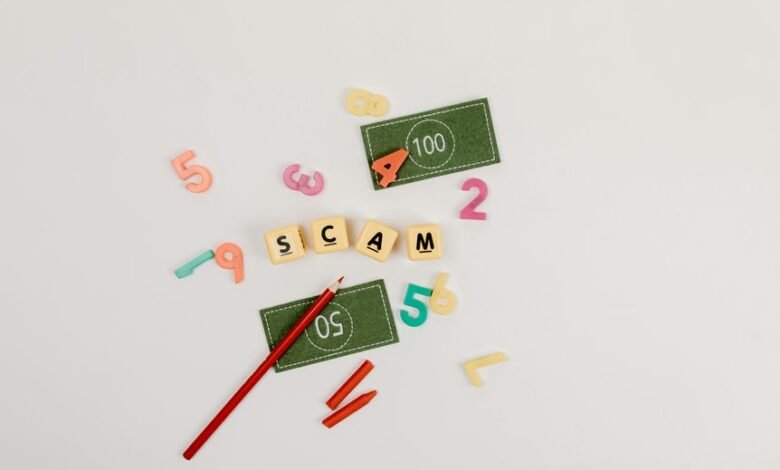Identify Scam Calls Safety Warning 3512282456 3388730372 3339394077 3248918894 3509546148 3510761194

Scam calls have become increasingly prevalent, with certain numbers posing significant risks to unsuspecting individuals. Among these, 3512282456, 3388730372, 3339394077, 3248918894, 3509546148, and 3510761194 have been flagged as potential sources of fraudulent activity. These calls often utilize aggressive tactics to extract personal information. Understanding how to identify these scams is crucial for personal safety. The next steps involve recognizing warning signs and knowing how to respond effectively.
Recognizing the Signs of Scam Calls
How can individuals effectively identify scam calls amidst the barrage of legitimate communications?
By understanding caller identification and recognizing common scam patterns, individuals can protect themselves. Notable signs include pressure tactics, unsolicited offers, and requests for personal information.
Being aware of frequent area codes associated with scams can also aid in discerning fraudulent calls from genuine ones, fostering a sense of security and autonomy.
Overview of Identified Fraudulent Numbers
While many individuals rely on their phones for essential communications, a significant number of calls come from fraudulent numbers that can lead to scams.
Identified fraudulent numbers often exhibit specific number patterns, making them recognizable.
Tips to Safeguard Against Scam Calls
To effectively safeguard against scam calls, individuals should adopt a proactive approach by implementing several strategic measures.
Utilizing call blocking tools can significantly reduce unwanted calls. Additionally, it is crucial to remain vigilant and avoid sharing personal information with unknown callers.
Educating oneself about common scam tactics further empowers individuals, fostering a sense of control and freedom in managing their communication channels.
Reporting and Taking Action Against Scammers
Although many individuals may feel powerless against the barrage of scam calls, reporting and taking action against these fraudsters is a crucial step in mitigating their impact.
Scam reporting to authorities, such as the Federal Trade Commission or local consumer protection agencies, empowers individuals and helps build a collective defense.
Conclusion
In the shadow of everyday communication, the menace of scam calls lurks, ready to ensnare the unwary. Recognizing the telltale signs can illuminate the path to safety, while familiarizing oneself with the identified numbers serves as a protective shield. As individuals arm themselves with knowledge and vigilance, they transform the chaos of unsolicited intrusions into a fortress of awareness, standing firm against the deceptive whispers of fraudsters, ensuring that their personal information remains safeguarded amidst the noise.




